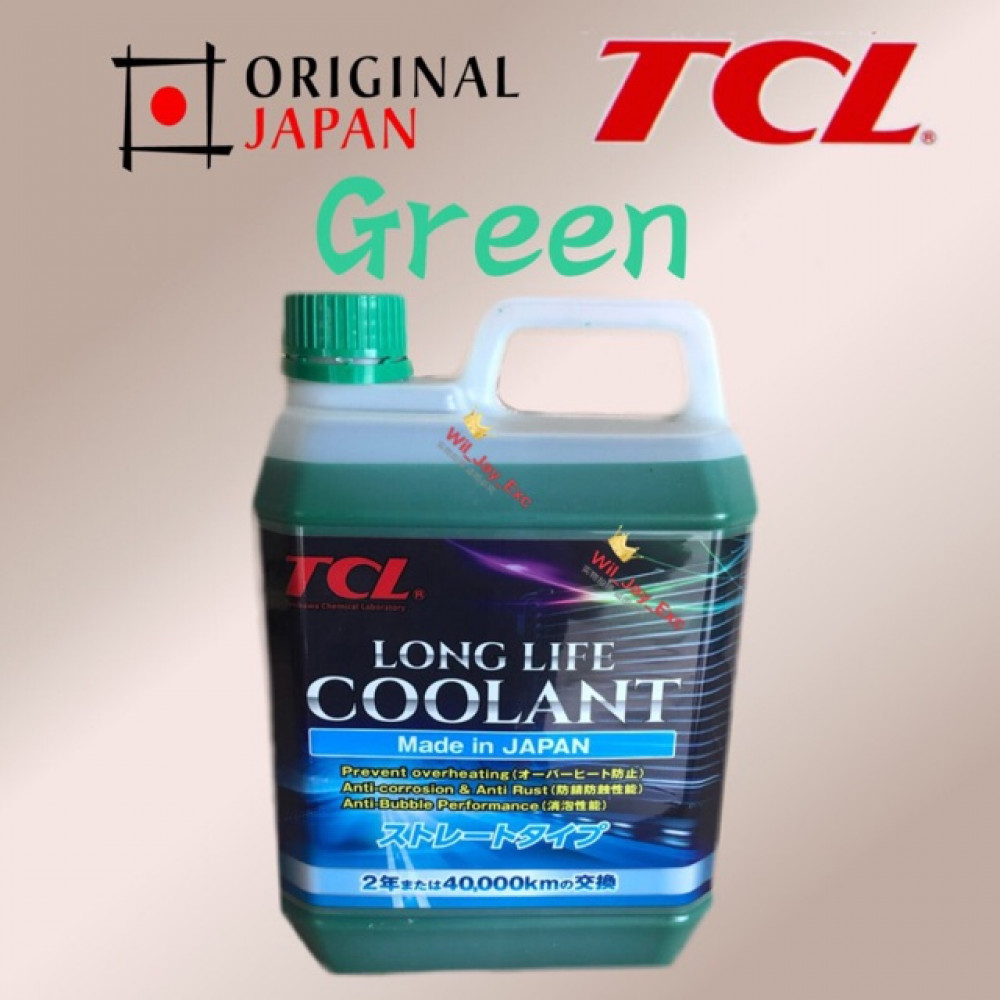


When it was discovered that Dex cool caused manifold gasket failures and serves as a plasticizer, it sparked a lot of controversy. It’s a HOAT solution with a longer lifespan, according to the manufacturer. Some Ford and Chrysler vehicles also employ Dex cool, a proprietary antifreeze solution created by General Motors (GM) for vehicles manufactured after 1995. This product’s pricing and availability will be determined by the information presented at the time of purchase. Please note that product prices and availability are subject to change at any time. However, HOAT antifreeze can also be found in a variety of shades of light or dark blue as well as pink and even purple. The inhibitors (additives) from the IAT antifreeze are combined with the OAT antifreeze to create a hybrid. HOAT antifreeze is difficult to define, although phosphates, silicates, or benzoate are commonly used as the solution inhibitor.

Always look for phosphates or silicates in OAT antifreeze to see whether it’s a hybrid solution before purchasing. While the OAT solutions are typically red, there are a few other colors that you may come across they include green and blue. In contrast to IAT solutions, OAT (Organic Acid Technology) solutions normally do not employ any phosphate or silicate to stabilize the ethylene glycol, making them safer for current engines. The Amazon Product Advertising API was used to get these prices. Blue is the most common color for heavy-duty diesel systems, but red is also an option. There are a variety of green and blue colors available for IAT antifreeze, however the brightest hue is recommended. Manufacturers began to phase out the original green in the 1990s in favor of less hazardous alternatives. The ‘original green ethylene glycol solution,’ as it is commonly called, is a mixture of distilled water, MEG, and stabilizers. Since of its low toxicity, MPG is commonly used in food processing MEG is commonly found in automotive antifreeze and propylene glycol methyl ether is commonly used in heavy-duty diesel engines because it is so volatile. In IAT antifreeze, MEG (mono ethylene glycol), MPG (mon propylene glycol), and PME (propylene glycol methyl ether) are the three most prominent bases. Using the abbreviation IAT (Inorganic Acid Technology), you may quickly find out if the antifreeze you’re using is compatible with your vehicle’s specifications. It’s more difficult to transport and costs more money to convey an undiluted solution, but a diluted solution may be poured directly into the automobile and used to fill it off while you’re on the road. Diluted vs Undiluted Antifreezeįor your convenience, antifreeze is available in diluted and undiluted forms. It’s easy to get caught up in the color of the antifreeze while looking for the proper one for your car, but you should always verify its chemical composition before buying. While it’s true that ethylene glycol is blue, propylene glycol is green, and organic acid-based antifreeze is red, this isn’t a reliable approach to determine the composition of the antifreeze.Īntifreeze is, in fact, colored to make it more apparent in the coolant reservoir and to aid in the detection of any leaks that may occur. Because aluminum radiators are standard on contemporary cars, and because regular antifreeze replacement is no longer necessary, using an earlier type of antifreeze might seriously harm your vehicle. However, radiators constructed of aluminum required to be flushed more frequently. Even though the antifreeze can endure a long time in an enclosed system with no leak, its additives will eventually wear out and the antifreeze will corrode components.Īt the time, radiators were copper-plated, thus this wasn’t an issue. Additives stabilize this very poisonous and caustic combination. Is there a difference between red and green antifreeze?Įthylene glycol solution, the standard antifreeze that we still use today, was first made available to the public in 1926.Why does my temperature gauge move up and down while driving?.Steps to Measure Antifreeze Concentration.
GREEN COOLANT HOW TO
How to Measure Antifreeze Concentration.


 0 kommentar(er)
0 kommentar(er)
